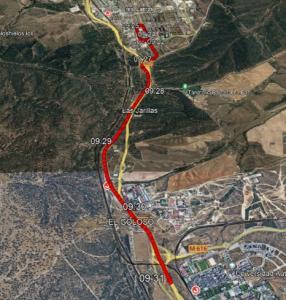Advanced open-loop techniques for high-sensitivity GNSS receivers applied to BOC signals

The activity targets the design and performance assessment of new innovative open-loop techniques for the robust estimation of both code delay and carrier phase and frequency in harsh propagation conditions in the presence of fading and multipath at low C/No conditions. In particular, the tracking of BOC signals and possible problems associated to it shall be considered. Furthermore, multi-correlator architectures shall be considered for this purpose.
High-sensitivity GNSS receivers architectures are of interest in harsh propagation conditions in order to be able to keep tracking GNSS signals even at very low C/No conditions (typically down to around 10-20 dBHz, depending on the signal being tracked). For this purpose, open-loop techniques can be used in the estimation of the code delay and the carrier phase and/or frequency, targeting a more robust estimation of those observables. In this process, advanced signal estimation techniques can be applied for the optimum exploitation of e.g. multi-correlation samples. This can be of particular interest in the case of BOC and high-order BOC signals, due to the multiple peaks present in the BOC autocorrelation function. Advanced and innovative open-loop techniques exploiting in an optimum way the multi-correlator architectures shall be proposed and designed in this activity for the robust estimation of both code delay and carrier phase and frequency in harsh propagation conditions in the presence of fading and multipath at low C/No conditions (i.e. below or well below 20-25 dBHz). The techniques proposed shall consider the tracking of BOC and high-order BOC signals and the problems associated to the unambiguous tracking of those signals at low C/No conditions (even below 20-25 dBHz, depending on the BOC modulation considered). The techniques proposed shall be robust when considering no aiding information is available (i.e. the baseline shall be to consider that no aiding is available). The techniques proposed shall be assessed with SW simulations considering both acquisition and tracking stages or a combination of both if snapshot processing is performed. Those techniques shall demonstrate to be robust in cold start conditions and shall be applicable at satellite tracking level (i.e. not at position level). The performance assessment shall be performed by using realistic channel models. The results of this activity shall be considered an input to the consolidation work performed as part of the GALILEO 2nd generation system design, in the area of signal design and user performance.
